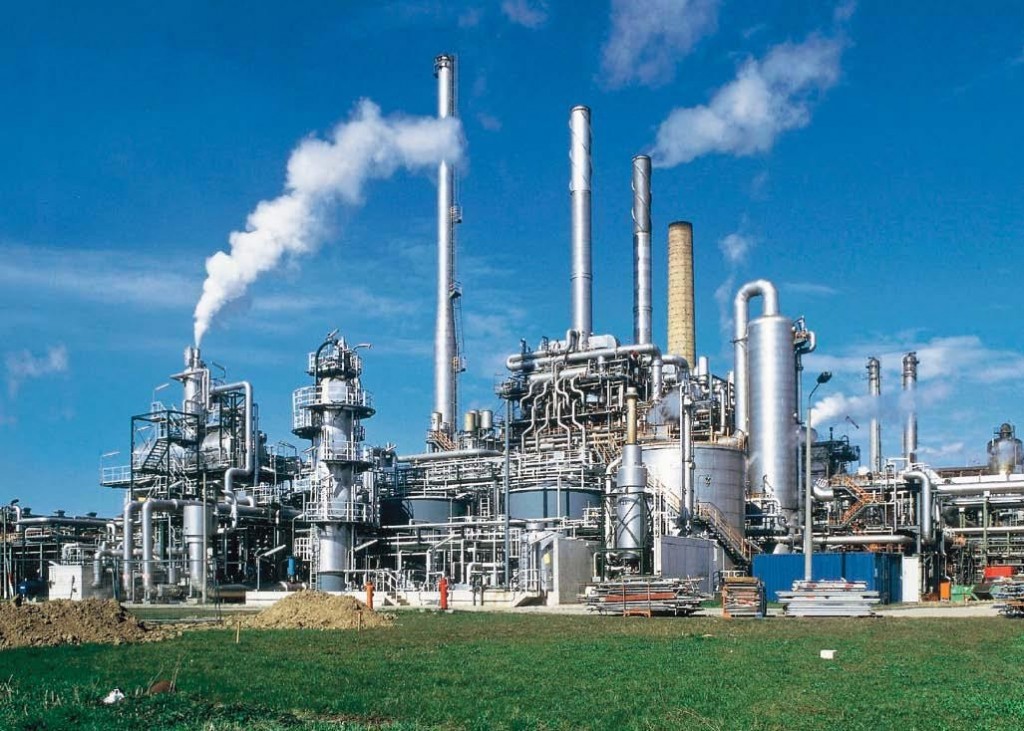The imbalance between imports and exports of chemical products has come to represent 42.2% of Romania’s total trade deficit. This considering that Romania was – after the first 7 months of this year – the only country with a trade deficit among CEE states – with an estimated deficit of over EUR 20 billion for the whole year.
The deficit in the international trade with chemical products amounted to EUR 12.2 billion last year, having reached EUR 13.7 billion the previous year.
Compared to the total trade deficit, the share in chemicals trade increased to 42.2% of the total, up from 40.2%. Last year’s decrease in imports of substances and chemicals is also due to lower demand from a severely declining manufacturing industry.
Chemical and petrochemical products trade balance has an explanation: Starting with Arpechim shutting down, the disintegration of Oltchim and the bankruptcy of companies owned by Interagro, Romanian chemical industry has produced an even greater trade deficit.
Two weeks ago, the complexes in Turnu Măgurele and Săvinești – closed for years – were put up for sale again.
All this, given that Romania has the necessary natural resources to rebuild this industry, which in 2022 alone imported products worth almost EUR 19 billion: a country with exceptional agricultural potential imports most of the fertilizers, after having closed its chemical plants one by one.
Pressure on trade balance and on the huge current account deficit, in figures
In the first seven months of this year, imports of chemical products, with a 11.4% share of the total, increased by almost 10% against the same period of last year. Within this section, the „pharmaceutical products” category had the largest share, representing 42.4% of the total section and 5% of total imports. The share of chemical products in total imports also rose by 0.7 percentage points against last year.
Adding to this the imports of plastics, manufactured from products of the chemical industry, the value of imports has increased constantly in recent years, reaching a maximum of EUR 18.2 billion in 2022. The hike in value is also explained by the generalized increase determined by the energy crisis leading to globally higher energy prices, the chemical industry being by definition energy-consuming.
Last year’s decrease in imports value did not come from improved production, but from a general decrease in industrial activity, subsequently a lower demand for raw materials.
The decline in chemical production continued after 2022 amid rising raw material and energy prices, although some registered spikes, supported by petrochemical exports to Ukraine.

Annually, domestic production of chemicals fell in volume in 2023 to 75.7% of the level reached in 2021, after having reached 80.2% in 2022, according to data issued by the National Institute of Statistics. Last year’s decrease is explained by lower demand and reduced competitiveness of the Romanian industry.
Imports of chemical fertilizers imports – strong growth
The imports rise also owes to the reduction in the production of chemical fertilizers. Currently, approximately 65% of the chemical fertilizers needed for agriculture are imported, domestic production being lower and lower due to more expensive natural gas, the main raw material. The cost of natural gas is almost 80% of the production cost of one ton of nitrogen fertilizers, which makes Romanian fertilizers no longer competitive.
Approximately 30 years ago, 11 chemical fertilizer plants were operating in Romania, producing about 2.5 million tons per year, with an annual consumption of 3 billion cubic meters of gas. Only two plants are still in operation, Azomureș and CIC Năvodari, but even these produce intermittently, depending on the price of natural gas.
Falling energy prices must meet a functioning industry
However, the first quarter of 2024 saw a reversal of the trend in the chemical industry, despite further decline in production being expected.
Although industrial production fell in Q1/2024 overall by 0.9% compared to the last quarter of 2023, the manufacture of substances and chemicals showed an unexpected increase of 8.1 percentage points compared to the previous quarter.
This is due to a decrease in the costs of energy and raw materials, which allowed competitive prices to be achieved.
Compared to the first quarter of 2023, a decrease of 2.7% was recorded in industrial production in Q1/2024, but the chemical industry branch registered the largest hike (14.5%, based on the increase of domestic demand by 19.3%), according to the National Commission for Prognosis. The short-term analysis carried out by economic agents estimates an increase of 7.0%in industrial production for Q2/2024 against the previous quarter. The chemical industry is among the industrial branches for which a growth from 15 to 20% is anticipated, according to the survey carried out by NCP.
***











